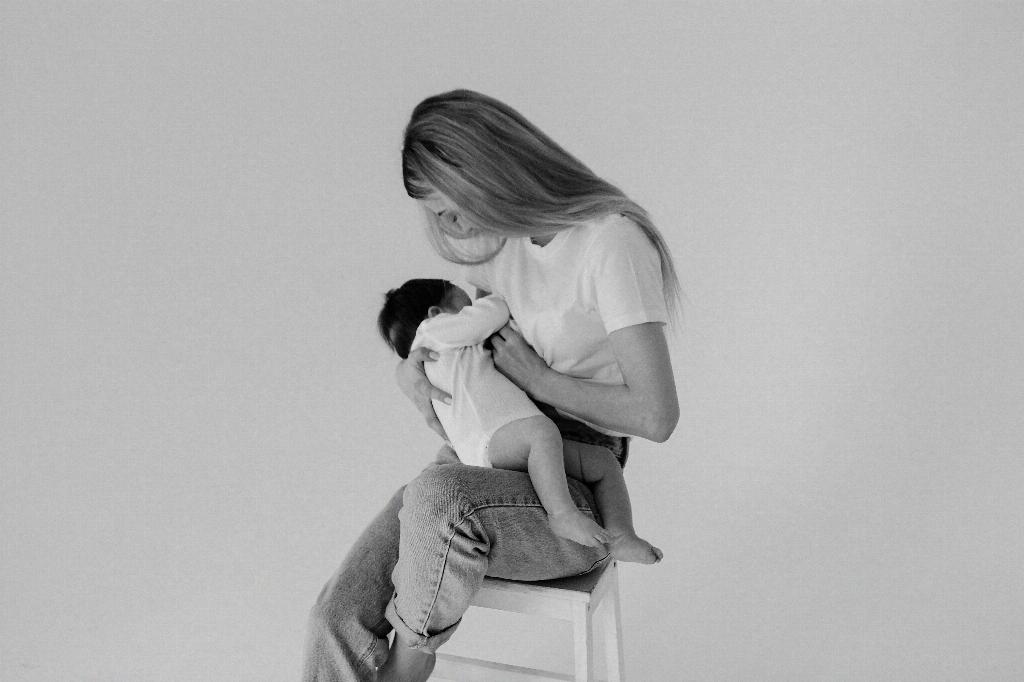When it comes to the process of initiating breastfeeding, it’s essential to know that the most effective way to kickstart lactation is by engaging in breast emptying activities. These activities include breastfeeding directly, using a breast pump, or practicing hand expression. Through the act of emptying the breasts, the body receives signals to produce more milk, thus establishing and maintaining a healthy milk supply.
The Role of Galactogogues in Stimulating Milk Production
In addition to physical methods of breast emptying, galactogogues play a significant role in supporting and enhancing milk production. Galactogogues encompass a range of substances such as medications, herbs, and homeopathic remedies that are known to promote lactation. By incorporating galactogogues into your routine, you can further bolster your body’s ability to generate an adequate milk supply for your baby.
Utilizing Breastfeeding Positions for Optimal Milk Flow
When engaging in breastfeeding, the position in which you and your baby are situated can have a profound impact on milk transfer and overall comfort during feeding sessions. Experimenting with various breastfeeding positions, such as the cradle hold, football hold, or side-lying position, can help optimize milk flow and ensure that your baby is effectively extracting milk from the breast.
The Importance of Skin-to-Skin Contact for Breastfeeding Success
Skin-to-skin contact between you and your baby is not only a beautiful bonding experience but also plays a crucial role in initiating and maintaining successful breastfeeding. This intimate contact stimulates the release of oxytocin, the hormone responsible for milk let-down, and promotes feelings of relaxation and connection that can enhance the breastfeeding experience for both mother and baby.
Establishing a Breastfeeding Routine and Schedule
Creating a consistent breastfeeding routine and schedule can help regulate milk production and ensure that your baby receives adequate nutrition throughout the day. By feeding your baby on demand and paying attention to hunger cues, you can establish a rhythm that supports a healthy breastfeeding relationship and encourages optimal milk production.
Stay Hydrated and Well-Nourished for Optimal Milk Production
Proper hydration and nutrition are key factors in maintaining a robust milk supply. Staying well-hydrated by drinking plenty of water throughout the day and consuming a balanced diet rich in nutrients can help support your body’s ability to produce an ample amount of milk for your baby. Remember to prioritize self-care and nourishment to optimize your breastfeeding journey.
Seeking Support and Guidance from Lactation Consultants
If you encounter challenges or concerns related to breastfeeding, don’t hesitate to reach out to a lactation consultant for expert guidance and support. Lactation consultants are trained professionals who can provide valuable assistance in addressing issues such as latching difficulties, low milk supply, or nipple pain. Seeking help early on can make a significant difference in your breastfeeding experience.
Creating a Relaxing and Comfortable Environment for Breastfeeding
Setting the stage for a peaceful and comfortable breastfeeding environment can contribute to a positive and successful feeding experience. Find a quiet and cozy spot where you can relax with your baby, dim the lights, play soothing music, and surround yourself with supportive pillows or cushions to ensure both you and your baby are comfortable and at ease during feeding sessions.
Embracing the Emotional Connection of Breastfeeding
Beyond the physical act of breastfeeding, it’s important to recognize and embrace the emotional connection that comes with nourishing your baby at the breast. Breastfeeding is not just about providing sustenance; it’s about fostering a deep bond of love, trust, and intimacy between you and your little one. Cherish these moments of closeness and connection as you embark on your breastfeeding journey.
Practicing Self-Care and Prioritizing Your Well-Being
Amidst the demands of breastfeeding and caring for a newborn, it’s crucial to prioritize self-care and attend to your own well-being. Remember to rest when needed, delegate tasks to support systems, and give yourself grace as you navigate the ups and downs of motherhood. Taking care of yourself ultimately enables you to better care for your baby and nurture a healthy breastfeeding relationship.
Embracing the Journey of Breastfeeding with Patience and Persistence
Embarking on the breastfeeding journey requires patience, persistence, and a willingness to adapt to the ever-changing needs of you and your baby. There may be challenges along the way, but with determination, support, and a positive mindset, you can overcome obstacles and foster a rewarding breastfeeding experience that nourishes both your baby’s body and soul. Embrace the journey with an open heart and trust in your innate ability to nurture and nourish your little one through breastfeeding.
Conclusion: Nurturing Your Baby Through the Gift of Breastfeeding
In conclusion, triggering breastfeeding involves a holistic approach that encompasses physical techniques, galactogogues, emotional connection, self-care, and support systems. By embracing the art of breastfeeding with intention, mindfulness, and love, you can cultivate a nurturing and fulfilling feeding experience that nurtures both you and your baby on a profound level. Trust in your body’s innate ability to produce milk, seek assistance when needed, and relish the journey of breastfeeding as a sacred gift of motherhood.

